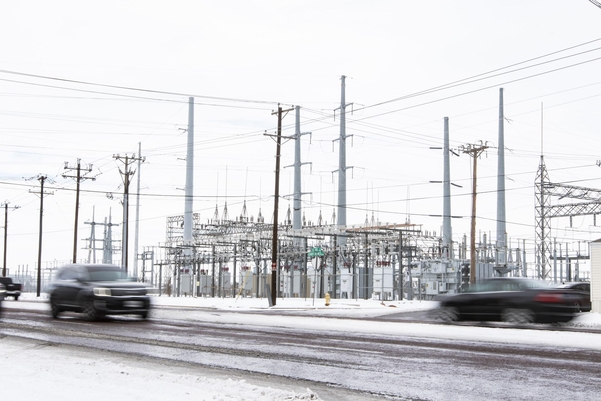Input 2021.02.25 06:00
“It might blow like a damage snowball”
Samsung and Austin are discussing an investment of KRW 19 trillion
There is a possibility of a reconsideration as well as a suspension of investment.

According to an industry on the 25th, Austin, Texas, is currently struggling with electricity and water supply. This is because local rivers are frozen due to cold waves, and facilities required for water supply are not working smoothly due to insufficient power.
Samsung Electronics’ Austin Fab (factory) is considered to be the facility that uses the most water in Austin. This is because a large amount of water in the state of’ultra-pure water’ is used for major processes such as wafer cutting, a raw material for semiconductors, washing off debris, and removing various chemicals. For this reason, it is predicted that the shutdown of Samsung Electronics’ Austin fab will enter a prolonged phase. An industry insider said, “The semiconductor process uses as much water as power,” and “if power restoration is not sufficient and water supply is not smooth, the damage situation at the Austin fab of Samsung Electronics could grow like a snowball in the future.”

Samsung Electronics was recently discussing investments with Austin City regarding fab expansion. According to local media reports, Samsung Electronics invested up to 19 trillion won in fab expansion and requested a tax benefit of 900 billion won in Austin.
However, it is known that the current investment-related discussions have been temporarily suspended in the event of a disaster of cold weather. A senior Samsung Electronics official said, “It is difficult to continue investment discussions in front of a disaster,” and said, “As it is still difficult to accurately count the amount of damage (due to the shutdown), investment discussions have to be pushed back.”

On the other hand, there is also a prospect that this cold wave will not be a major obstacle to investment as it is very unusual. In particular, Samsung Electronics has been in a relationship with Austin City while operating the Austin fab since 1998, but it is interpreted that the relationship will not end completely due to a temporary cold wave. An industry insider said, “There was an unusual cold wave, but there is no problem with the infrastructure that Austin originally owned.”
Samsung Electronics’ Austin Fab is mainly making Qualcomm’s 5th generation mobile communications (5G) radio frequency chipsets with an 11-14 nanometer (nm, 1 nm = 1 billionth of a meter) process. It also produces products from Samsung Electronics’ System LSI Division and automotive semiconductors such as Tesla and Renesas through a 28-65 nanometer process. Market research firm Trend Force said, “The 12-inch waiter capacity of the Austin fab accounts for 5% of global production,” and “It is predicted that the global 12-inch fab capacity will decrease by 1-2% due to this power outage.”
